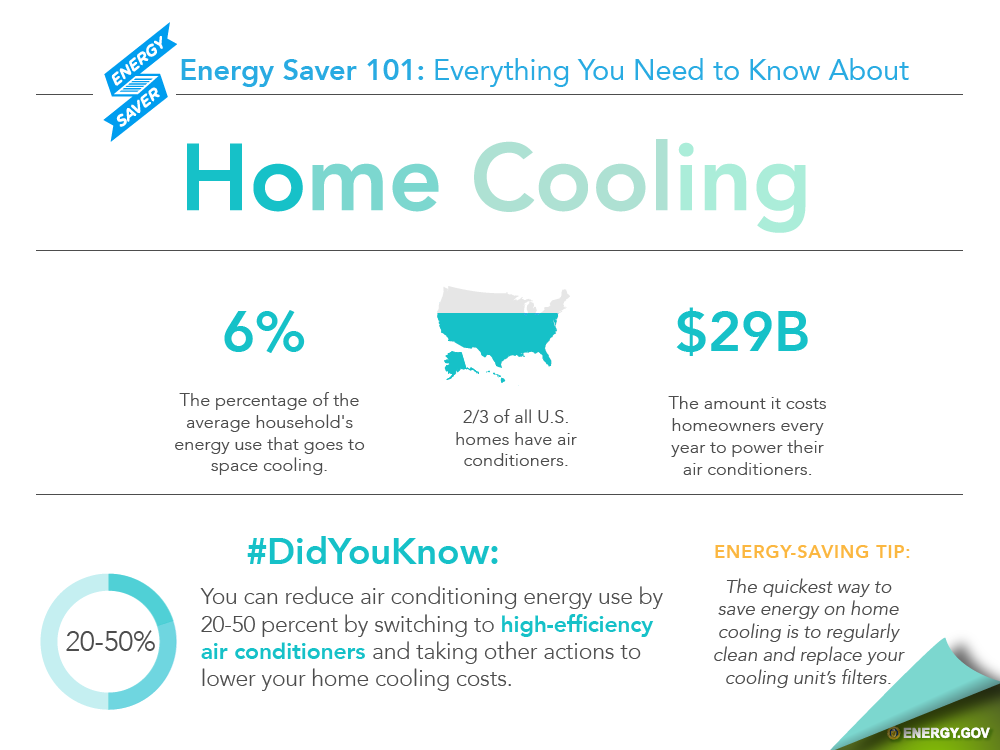The Ultimate Guide To Understanding Warm Pumps - Exactly How Do They Function?
The Ultimate Guide To Understanding Warm Pumps - Exactly How Do They Function?
Blog Article
Content Written By-Whitfield Dickson
The most effective heatpump can save you substantial quantities of money on energy expenses. They can additionally help reduce greenhouse gas exhausts, specifically if you use electricity instead of nonrenewable fuel sources like gas and home heating oil or electric-resistance heaters.
Heatpump function significantly the same as air conditioners do. This makes them a sensible option to conventional electric home heating unit.
Exactly how They Function
Heatpump cool down homes in the summer season and, with a little aid from electricity or gas, they supply several of your home's heating in the winter. They're an excellent choice for individuals that want to minimize their use of fossil fuels but aren't all set to change their existing heating system and a/c system.
They count on the physical reality that even in air that seems also cold, there's still power existing: warm air is constantly relocating, and it wishes to move right into cooler, lower-pressure environments like your home.
A lot of power STAR certified heat pumps run at near to their heating or cooling capability throughout most of the year, minimizing on/off cycling and saving power. For the very best efficiency, concentrate on systems with a high SEER and HSPF score.
The Compressor
The heart of the heat pump is the compressor, which is also called an air compressor. This mechanical streaming tool utilizes prospective power from power creation to enhance the pressure of a gas by decreasing its volume. It is various from a pump in that it only works on gases and can't work with fluids, as pumps do.
Atmospheric air gets in the compressor via an inlet valve. It circumnavigates vane-mounted arms with self-adjusting size that separate the interior of the compressor, developing several tooth cavities of varying dimension. The blades's spin pressures these cavities to move in and out of stage with each other, compressing the air.
The compressor reels in the low-temperature, high-pressure cooling agent vapor from the evaporator and compresses it right into the warm, pressurized state of a gas. This process is duplicated as needed to supply home heating or cooling as needed. The compressor additionally has a desuperheater coil that reuses the waste heat and includes superheat to the refrigerant, changing it from its liquid to vapor state.
The Evaporator
The evaporator in heatpump does the same point as it carries out in fridges and air conditioning unit, altering liquid refrigerant into a gaseous vapor that eliminates heat from the space. Heat pump systems would certainly not work without this crucial piece of equipment.
This part of the system is located inside your home or building in an interior air trainer, which can be either a ducted or ductless device. It has an evaporator coil and the compressor that compresses the low-pressure vapor from the evaporator to high pressure gas.
Heat pumps soak up ambient heat from the air, and after that use electricity to transfer that heat to a home or business in heating setting. That makes them a lot extra energy effective than electrical heaters or furnaces, and due to the fact that they're using tidy electrical power from the grid (and not burning gas), they additionally produce much less emissions. https://www.achrnews.com/articles/144866-family-hvac-firm-takes-care-of-the-inside-for-building-owners 's why heatpump are such excellent environmental selections. (Not to mention heat pump servicing heat pump cleaning why they're becoming so prominent.).
The Thermostat.
Heatpump are wonderful options for homes in chilly climates, and you can utilize them in combination with typical duct-based systems or even go ductless. They're a terrific alternate to fossil fuel heating systems or standard electrical heating systems, and they're more lasting than oil, gas or nuclear heating and cooling tools.
Your thermostat is the most important part of your heat pump system, and it works very differently than a conventional thermostat. All mechanical thermostats (all non-electronic ones) job by using materials that alter size with increasing temperature level, like curled bimetallic strips or the broadening wax in a vehicle radiator shutoff.
These strips include two different sorts of steel, and they're bolted together to create a bridge that completes an electrical circuit connected to your a/c system. As the strip gets warmer, one side of the bridge expands faster than the various other, which causes it to flex and signify that the heater is required. When the heatpump remains in home heating mode, the reversing shutoff turns around the flow of cooling agent, so that the outdoors coil currently works as an evaporator and the indoor cyndrical tube comes to be a condenser.